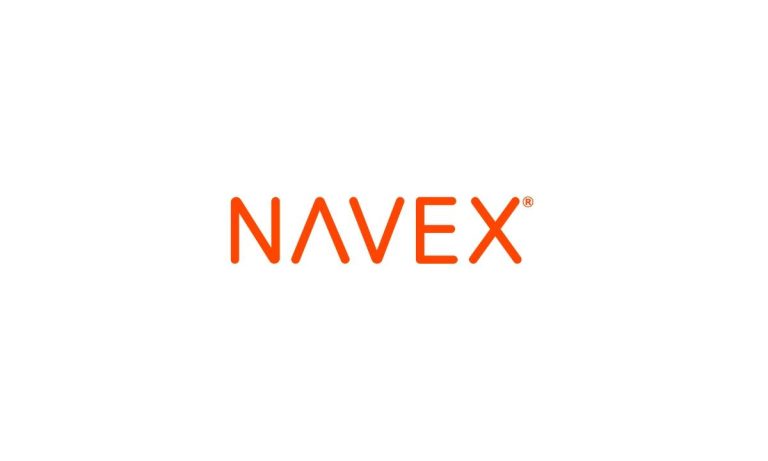
When you visit the doctor, you trust their expertise — and their intentions. But sometimes, a simple checkup can turn into a financial nightmare, with unexpected tests and sky-high bills that leave you drowning in debt.
Medical debt is a crisis in the U.S., with Americans owing a staggering $220 billion as of 2024, according to the Kaiser Family Foundation (KFF).
Don’t miss
- I’m 49 years old and have nothing saved for retirement — what should I do? Don’t panic. Here are 5 of the easiest ways you can catch up (and fast)
- Thanks to Jeff Bezos, you can now become a landlord for as little as $100 — and no, you don’t have to deal with tenants or fix freezers. Here’s how
- Gain potential quarterly income through this $1B private real estate fund — even if you’re not a millionaire. Here’s how to get started with as little as $10
Even with insurance, routine visits can spiral into thousands of dollars in out-of-pocket costs. Roughly 14 million people owe more than $1,000 in medical bills. So, knowing your rights and taking proactive steps can protect both your health and your wallet.
What to do if you’ve been overcharged
Being proactive is the best way to avoid overly expensive medical bills. However, if you’re already with a medical bill you can’t afford, there are steps you can take.
1. Know your rights
The No Surprises Act, which took effect in early 2022, protects you from surprise bills for emergency services and some non-emergency services. Generally, you are not responsible for out-of-network costs when receiving emergency treatment or certain other services.
If you believe the No Surprises Act has been violated, file a complaint with the Centers for Medicare & Medicaid Services or call the No Surprises Help Desk at 1-800-985-3059.
2. Request an itemized bill
If your bill isn’t covered under the No Surprises Act, ask for an itemized statement before paying. A 2022 KFF study found that 43% of adults reported receiving a medical or dental bill they believed had errors.
Compare the bill with the explanation of benefits (EOB) from your insurance provider. EOBs outline what your insurer has covered and any remaining balance you owe. You can often access your EOB online through your insurer’s website or app. If discrepancies exist, contact the provider and your insurer to resolve them.
3. Negotiate or set up a payment plan
If you do end up having to pay a large medical bill, you still have options. A 2024 JAMA study found that nearly 62% of people who requested reductions on unaffordable medical bills succeeded, while 74% of those disputing an incorrect bill got it corrected.
It’s also a good idea to seek out a patient advocate to negotiate a medical bill on your behalf. Some employers provide this benefit to employees.
Read more: Want an extra $1,300,000 when you retire? Dave Ramsey says this 7-step plan ‘works every single time’ to kill debt, get rich in America — and that ‘anyone’ can do it
How to avoid costly medical bills
Your best way to handle medical bills is to avoid unnecessary expenses. Even when care is necessary, you have the right to know what they cost.
Ask questions before receiving care
For routine visits, ask your doctor or hospital staff about the cost of recommended tests or treatments. Since January 2021, hospitals have been required to provide clear pricing online for the services they provide.
Understand your insurance coverage
Review your insurance policy to know what’s covered, as some procedures or tests may require prior authorization. Failing to secure this approval can leave you responsible for the full bill. Also, familiarize yourself with your deductible — the amount you must pay before insurance starts covering costs. For example, if your deductible is $3,500 and your doctor orders a $3,100 test, you’ll likely have to pay the entire amount.
Evaluate necessity and alternatives
There’s also nothing wrong with questioning your provider as to how necessary a given service is and whether there’s a cheaper alternative. For instance, an ultrasound may provide adequate results at a lower cost compared to an MRI.
Know that you can say no to a given medical service. It’s called an informed refusal. Your provider may ask you to sign a document confirming your refusal, but this is within your rights. For high-cost treatments, consider seeking a second opinion before proceeding.
By staying informed and advocating for yourself, you can minimize the financial burden of medical care and avoid unexpected expenses.
What to read next
- Don’t have the cash to pay Uncle Sam in 2025? You may already be eligible for a ‘streamlined’ handshake with the IRS — here’s how it works and how it can potentially save you thousands
- Here are 5 ‘must have’ items that Americans (almost) always overpay for — and very quickly regret. How many are hurting you?
- Robert Kiyosaki warns of a ‘Greater Depression’ coming to the US — with millions of Americans going poor. But he says these 2 ‘easy-money’ assets will bring in great wealth. How to get in now
This article provides information only and should not be construed as advice. It is provided without warranty of any kind.


